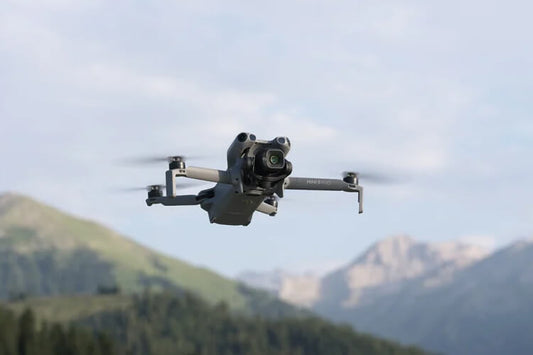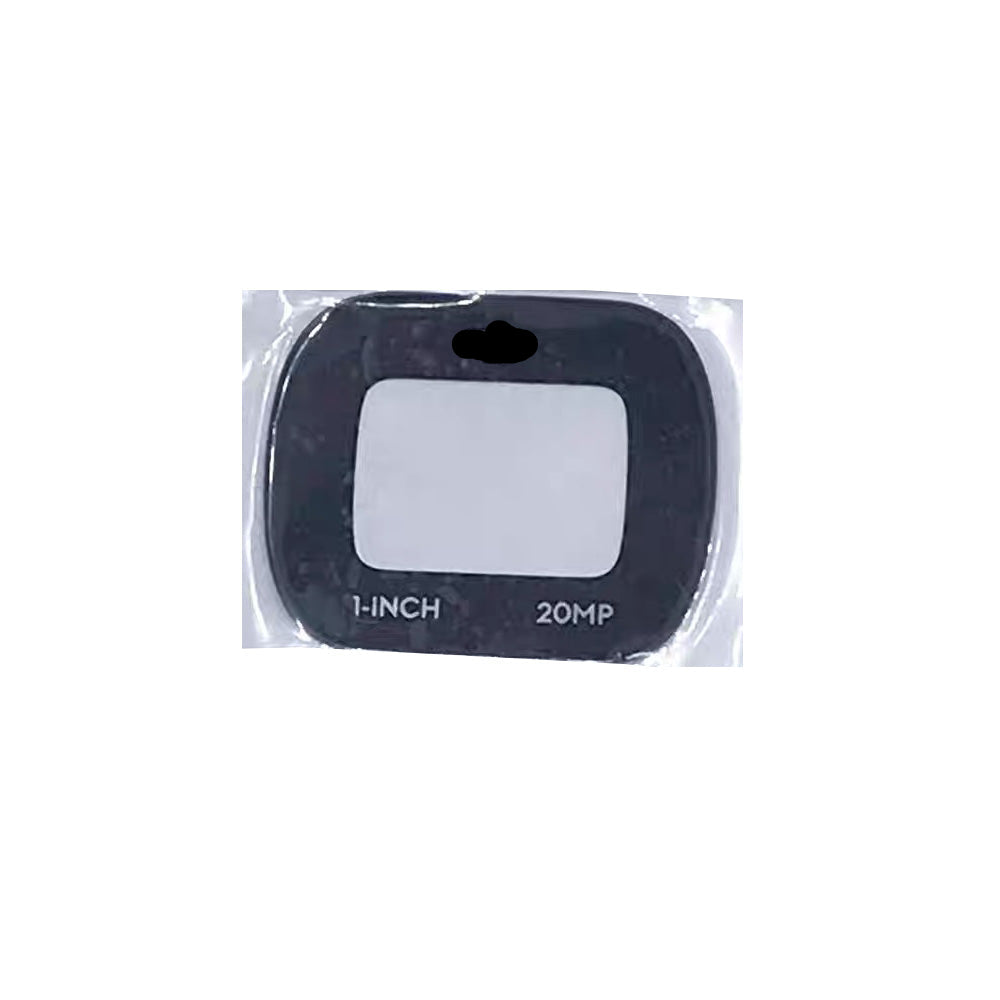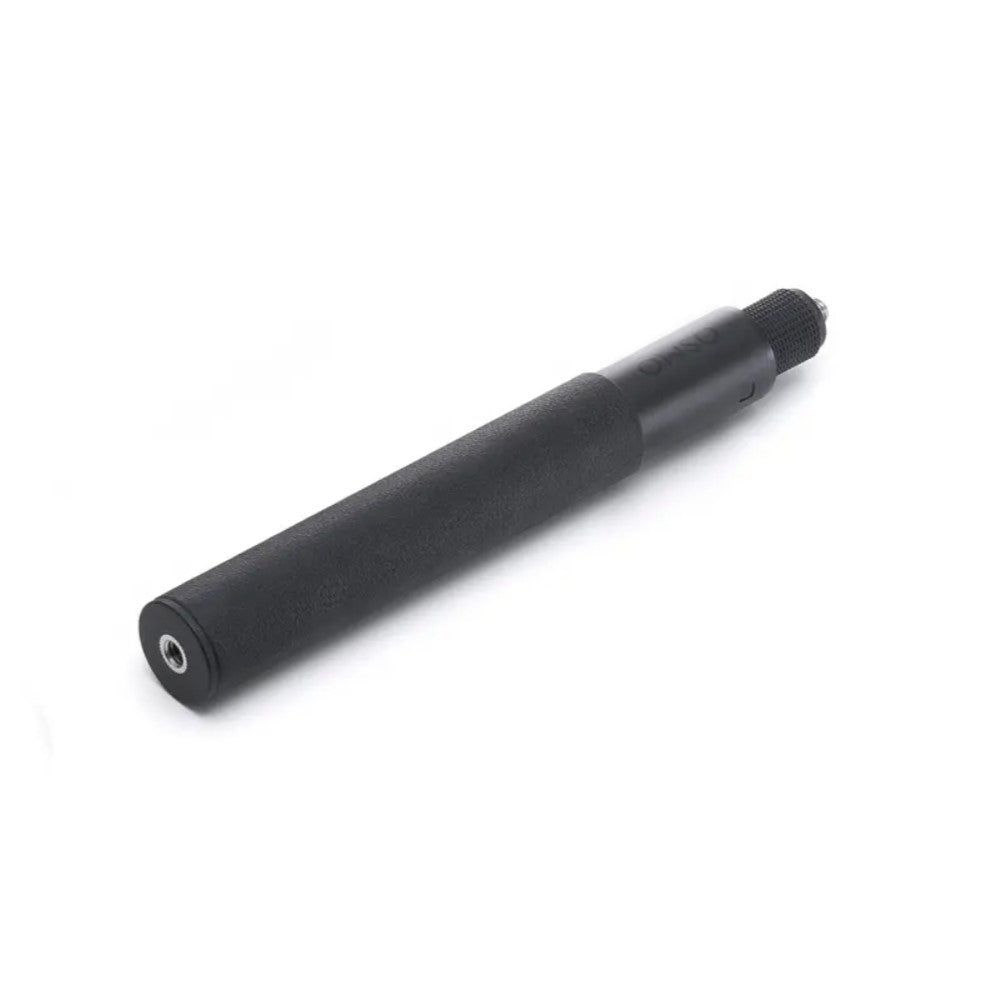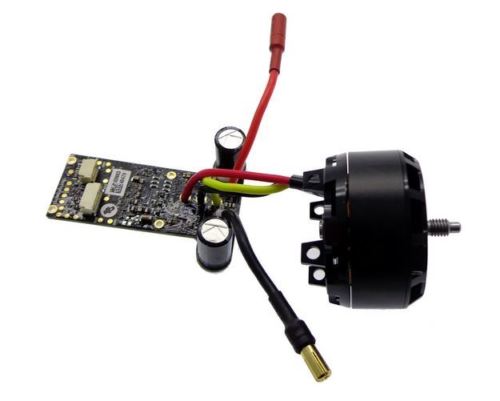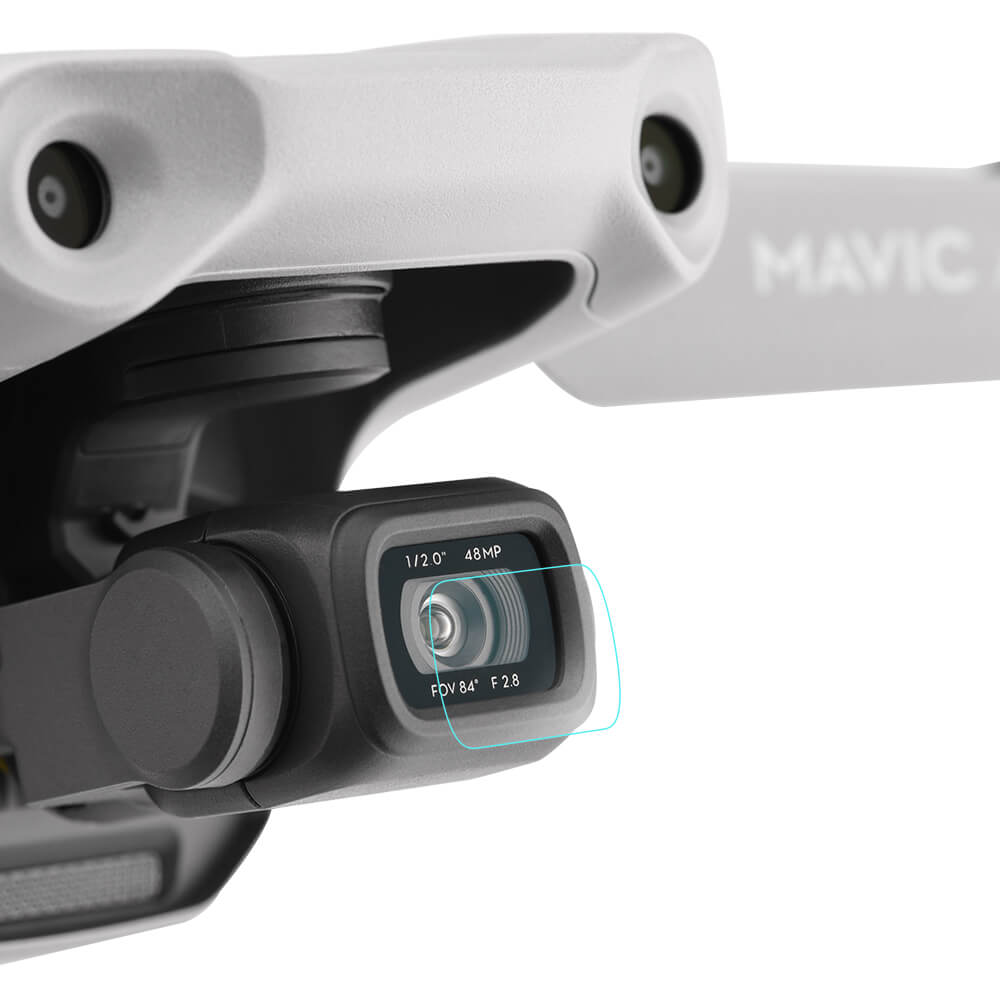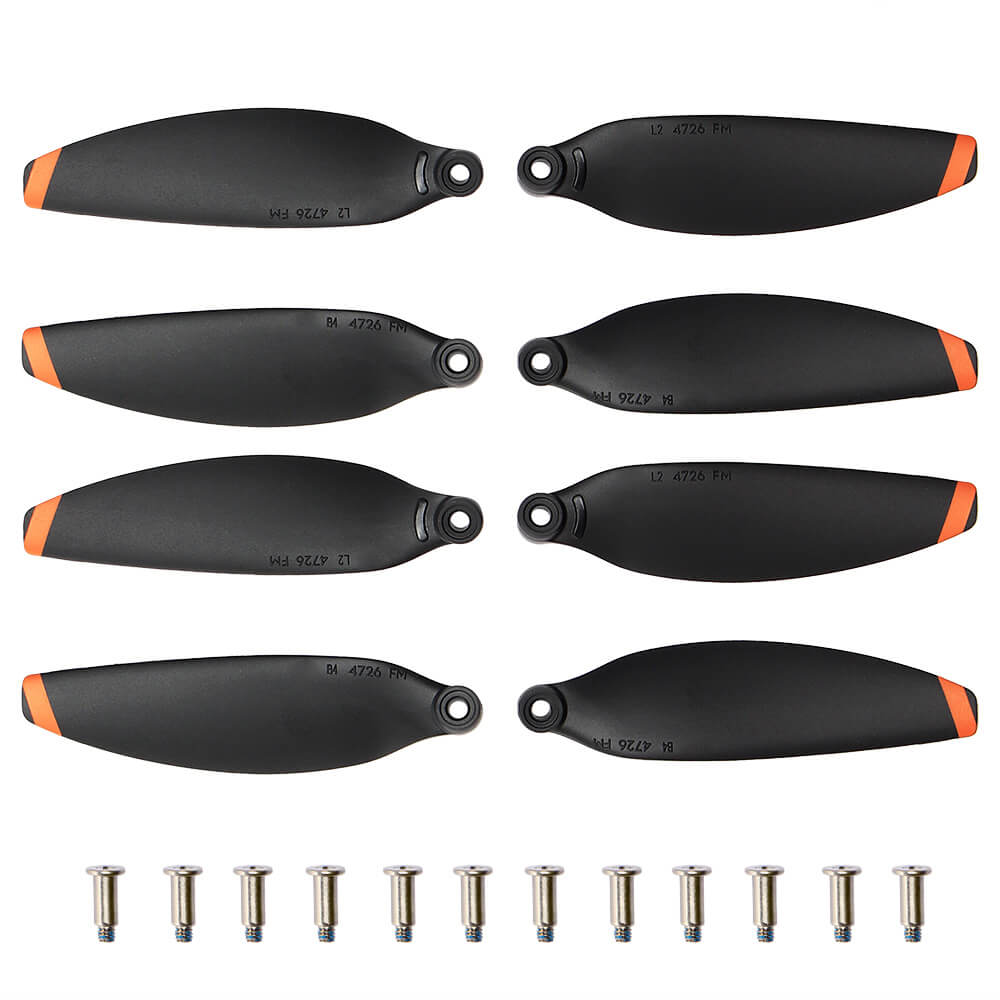Disassembling a DJI drone is a delicate process that requires proper tools, patience, and technical knowledge. Each model—whether it’s the Mavic series, Phantom, Spark, or the latest DJI Neo—has unique internal layouts and disassembly procedures. Understanding the five core systems of a drone—the frame, control system, power system, imaging system, and flight assistance system—is essential before attempting any teardown. To prevent irreversible damage, always review official repair manuals or professional tutorials before starting.
General Disassembly Process
While steps vary between models, the teardown process usually includes the following stages. Always power off the drone and prepare tools like precision screwdrivers and spudgers:
-
Remove Propellers and Battery
Detach the propellers by rotating them counterclockwise, then slide out the battery pack. This step ensures safe handling during disassembly. -
Disassemble the Outer Shell
Most drones (e.g., Mavic 4 Pro, Neo) have bottom trays secured with screws. Unscrew carefully, then release the clips to avoid cracking plastic or carbon fiber housing. -
Disconnect Internal Wiring
Unplug or desolder cables that connect the motors, sensors, and mainboard. Mark each connector location to simplify reassembly. -
Extract Core Modules
Remove components such as the mainboard, gimbal, GPS unit, and sensor boards in sequence. Some drones (like the Spark) require removing the visual processing chip before accessing other modules.
Key DJI Components Inside
Once opened, the following core parts are typically revealed:
-
Visual Processing Unit (VPU): Chips like the Intel Movidius Myriad 2 handle obstacle avoidance, image recognition, and real-time computer vision.
-
Battery System: Uses ATL lithium soft-pack cells (e.g., MB1 pack) paired with smart chips (like BQ9003) to monitor charge cycles and safety.
-
Frame Materials: Lightweight plastics or carbon fiber composites balance durability and portability but offer limited crash resistance.
-
Sensors & Controllers: Include tilt sensors (e.g., H6MN) and microcontrollers (e.g., SPD1178) that stabilize flight and regulate motor output.
Design Features and Safety Notes
-
Repairability: New models, such as the DJI Neo, feature modular structures that simplify part replacement. However, sensitive parts like gimbals may need special calibration tools.
-
Warranty Risks: Unauthorized disassembly may void your DJI warranty, and improper handling can damage fragile parts like the gimbal’s shock absorbers or transmission modules.
-
Model Complexity: Professional drones (e.g., M300 RTK) have highly integrated systems, making DIY repair challenging. Entry-level drones like the Mavic Pro are more accessible for repair enthusiasts.


